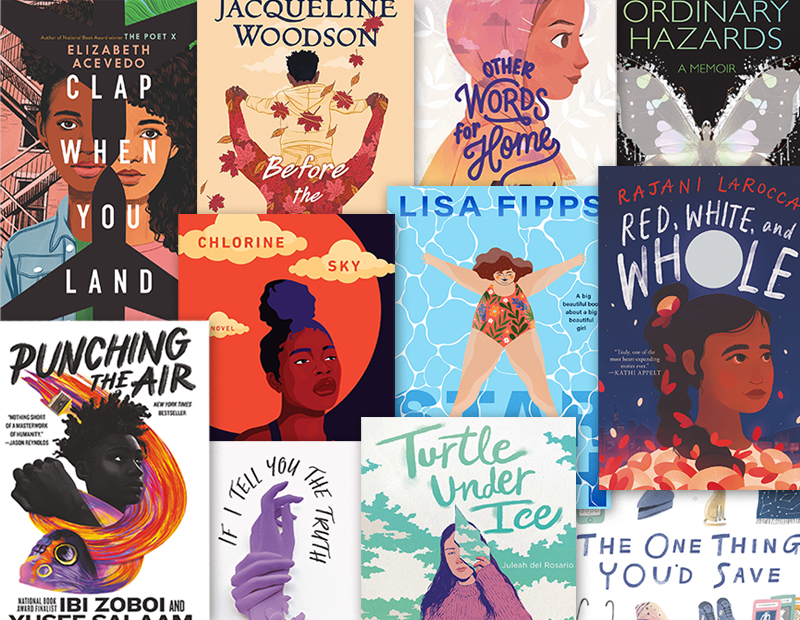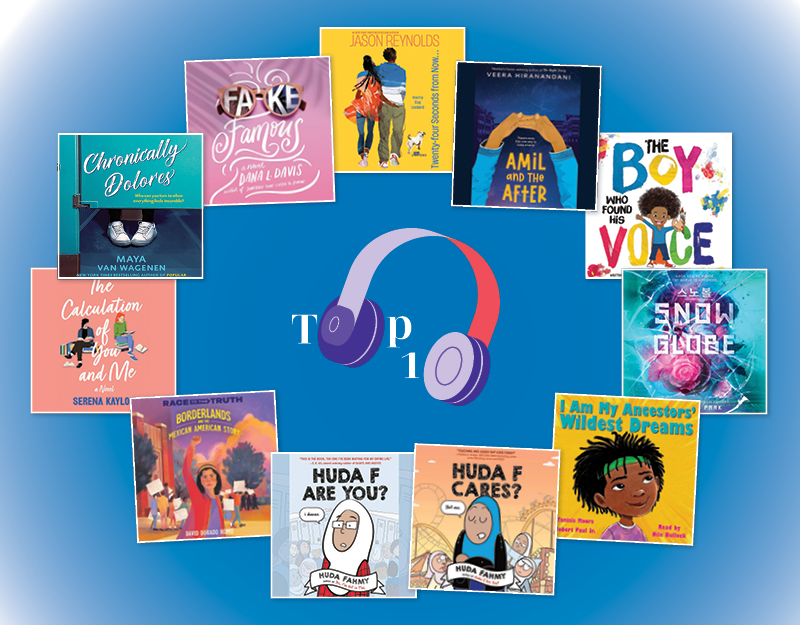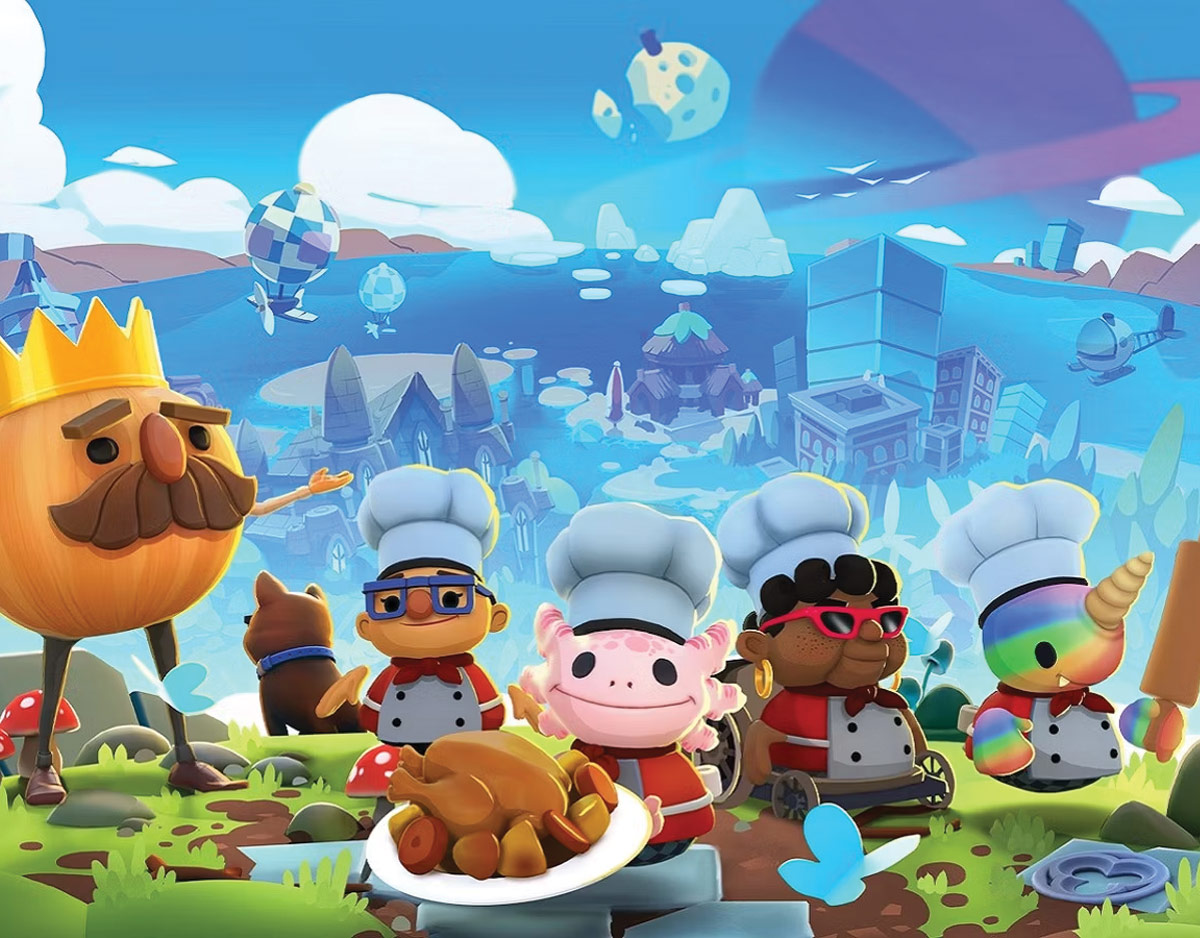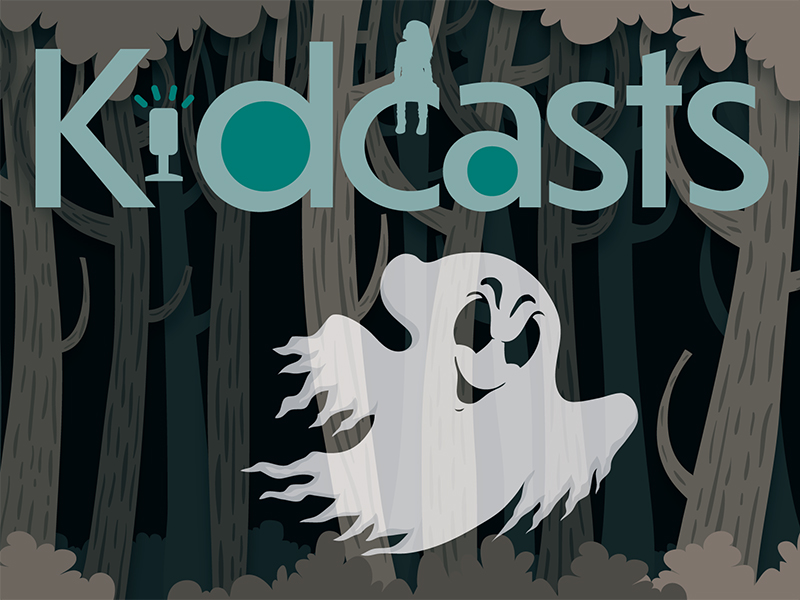Review of the Day – Moribito: Guardian of the Spirit by Nahoko Uehashi
 Moribito: Guardian of the Spirit
Moribito: Guardian of the Spirit
By Nahoko Uehashi
Illustrated by Yuko Shimizu
Arthur A. Levine Books (an imprint of Scholastic)
$17.99
ISBN: 978-0-545-00542-5
Ages 9-14
On shelves now
No one can look you in the eye and tell you that kids today don’t read Japanese literature. A simple stroll by the manga section of any well-stocked bookstore will put your mind to rest on that particular matter. But what the kids aren’t reading these days is Japanese prose. How many novels for kids, translated from Japanese, can you come up with off the top of your head? Living as we do at a time when children’s literature is profitable and all encompassing, you would think that publishers would be scrambling to fill the sudden need kids have for all things Japanese. I get ten-year-olds at my Reference Desk asking for information about Japan all the time and manga made it cool. Now it’s time to expand their little craniums with some quality literature. Quality literature that involves egg-eating monsters, glorious fight sequences, strong female characters, and a clear-headed view of how politicians warp history to serve their own ends. Looking for a new kind of fantasy for the kiddies? Talk up something with a little more oomph. Talk up Moribito.
I’m sure you’ve heard of soldiers for hire, but bodyguards for hire? That’s the job Balsa has had for years, and anyone who has ever met her will tell you that she’s good at what she does. In fact, saving people is so ingrained in her that when she sees a prince thrown off a high bridge into the raging waters below she immediately saves his life. No good deed goes unpunished, however, and soon enough Balsa is roped into guarding the prince full time. It seems that the boy is carrying some kind of spirit within himself, and his father the Mikado is determined to kill his boy for the sake of the empire. To save him, Balsa will need to find out the truth behind long-forgotten ancient legends and fight off the Mikado’s secret fighting force in order to save not just a prince, but an entire country as well.
ADVERTISEMENT
ADVERTISEMENT
I’m an adult reviewer of children’s books. As such I’m supposed to carry around with me this lofty air, deigning me to be the guardian of great children’s literature, and so on, and so on, and so forth. There’s always that feeling that while I can judge a book from a critical standpoint, I’m not actually supposed to enjoy the book, per say. But I really loved reading Moribito. I did! From start to finish I found it fun, intelligent, and really well put together. Some authors never really establish a firm grasp on the world in which their characters inhabit. Others, like Ms. Uehashi, flesh it out so well that you’re half convinced that you could buy a plane ticket there, should the fancy strike you. Uehashi also tackles several aspects of this book particularly well. She writes remarkable fight scenes, knows how to create three-dimensional characters (so that you’re trying to determine if a villain is bad or just misinformed), and manages to tell kids a little something about powerful people and their weaknesses that in a lesser writer’s hands might have turned didactic, or worse, dull. Instead, the reader is sucked into the book right from the start and you’ll find your sleeping and eating cast aside in lieu of getting just one more chapter down.
Getting back to that comment I made about the villains in this piece, Uehashi has the uncanny ability to slip easily from one character’s mind to another without forcing her narrative to become herky jerky. She recognizes that few people in this world would describe themselves as villains. As such, almost everyone in this book is under the distinct impression that what they are working towards is the greater good. Except, ironically enough, Balsa.
Why is it that whenever I run across a woman who becomes a hero in a physical sense, be it in film, television, or literature, the temptation is to always compare her to Buffy the Vampire Slayer right off the bat? Because that’s the feeling Balsa creates in a reader. She exudes confidence. When you first see her she acts without hesitation in rescuing the prince. Too often when an author writes a tough female heroine, you end up in a head full of doubts and quibbles. What I liked about Balsa was the she was basically a jock. She’s good at the physical stuff, at making decisions, and at protecting people. The subtleties of personal relationships and the like are not for her. Still, when you run across a heroine this singular your brain sometimes tries to think of similar characters so that you’ll have some point of reference. At one point I even thought about comparing her to Kiki Strike . . . until I realized that for all her tough-woman attitudes, we feel much closer to Balsa than most females in other books. Uehashi really makes her likeable and strong in ways that stick with you.
Extra crispy and delicious kudos to the translation done by Cathy Hirano, by the way. Every once in a while I would have to punch my own leg to remind myself that I wasn’t reading the original text. But how often do you find a translator willing to come up with sentences like, “Fire was anathema to a creature accustomed to living in the cold, dark mud,”? Not often enough.
People will tell you that boys won’t read novels with girls on the cover. Not even one with a full repertoire of kicks, punches, dodges, and feints at her disposal. This is not always true but it is often the case (I’ve seen it first-hand). Moribito, in spite of its thirty-year-old female protagonist, may have an advantage over other books though, in part because it has a lot of points in its favor. First of all, the Moribito series (ten books in total) is very popular in Japan. The first book was even adapted into an animated series, and that’s something you can talk up. Should this novel do well in sales, I could even see an adapted manga version being written/transferred to America as a companion piece. If a librarian/bookseller/teacher/parent wanted a kid to read this book, all they’d have to do would be to stress the action sequences (and the slam bang beginning will help in this matter), the Japanese heritage, and the cool anime series. Sell it to them well and those kids that already love Jeff Stone’s The Five Ancestors series will come crawling back for more. This is a book that deserves to be discovered.
On shelves now.
Notes on the Cover: I wasn’t going to say anything, due to the fact that I usually don’t point out superfine covers. I tend to think that they speak for themselves. But isn’t that a superfine jacket? It’s due in part to illustrator Yuko Shimizu, who is generally brilliant in all things. I will leave it at that.
Notes on the Font: Scholastic has gotten creative with its font colors, it seems. First The Ruby Key by Holly Lisle gets the purple font treatment. Then we’ve Moribito all in blue. How long before they start coloring the pages regularly?
Other Blog Reviews:
Other Web Reviews: Advanced Media Network – Manga Database
Misc:
- Cheryl Klein gives a bit of background on the book and its lovely dustjacket.
- Illustrator Yuko Shimizu has a blog that’s worth watching called Picture Mechanics.
Video:
Be sure to check out this shockingly faithful trailer for the television series version of this book. I like it.
http://www.youtube.com/watch?v=waSwndpzFSU&feature=player_embedded
Filed under: Uncategorized
About Betsy Bird
Betsy Bird is currently the Collection Development Manager of the Evanston Public Library system and a former Materials Specialist for New York Public Library. She has served on Newbery, written for Horn Book, and has done other lovely little things that she'd love to tell you about but that she's sure you'd find more interesting to hear of in person. Her opinions are her own and do not reflect those of EPL, SLJ, or any of the other acronyms you might be able to name. Follow her on Twitter: @fuseeight.
ADVERTISEMENT
ADVERTISEMENT
SLJ Blog Network
10 to Note: Winter Preview 2025
Kevin McCloskey on ‘Lefty’ | Review and Drawn Response
The Seven Bills That Will Safeguard the Future of School Librarianship
Why Dragons: On the Importance of Dragons as a Plot Device, a guest post by Svetlana Chmakova
Gayle Forman Visits The Yarn!
ADVERTISEMENT








I loved the book but I showed it one of my most steadfast sixth-grade Japanophiles and she said, “Kids won’t read this book.” Le sigh.
Hey, Maryj, did she say why not? As the editor of the book, I’m curious . . .
She didn’t say, but she is into very girly, light stuff, shojo manga and Candy Apple and How I Survived Middle School–so perhaps she was just speaking for herself. Another student did take the book, but never reported back on it.
I absolutely loved the anime version of this…never watched an anime before, and my brother was all excited about this one, so I gave it a shot. I got hooked. The story is amazing, as are the characters. I ordered the book, Guardian of the Spirit, off of Amazon the other day…I can’t wait until I get it! I know there are two books out right now that have been translated into English…and ten in the series. Is the company that’s publishing the translated versions planning on continuing with all the books in the series? I hope they do. I’m in love with Balsa, Chagum, and Tanda.